The Railroad Equipment Manufacturing Market is characterized by a mix of established players and new entrants, contributing to a highly competitive landscape. This market includes various segments such as rolling stock, signaling equipment, railway infrastructure, and components, amongst others.
With increasing investments in public transportation systems and significant growth in the demand for freight and passenger rail services, manufacturers are focusing on innovation, sustainability, and technological advancements to differentiate themselves.
Leading companies are continuously striving to enhance their production capabilities and production efficiency while also exploring strategic partnerships and mergers and acquisitions to expand their market footprint.
Moreover, global trends such as the push for electrification, smart transportation systems, and digitization within the rail industry are influencing competitive strategies and driving competition in this market.
Kawasaki Heavy Industries has a strong presence in the Railroad Equipment Manufacturing Market, known for its diverse product portfolio that includes high-speed trains, metro cars, and other rolling stock. The company leverages its expertise in engineering and manufacturing to deliver high-quality rail solutions that meet international safety and performance standards.
Kawasaki Heavy Industries has established itself as a pioneer in the adoption of cutting-edge technologies, such as lightweight materials and advanced braking systems, which enhance the operational efficiency and reliability of its products.
The firm's long-standing reputation for quality, coupled with a commitment to research and development, enables Kawasaki Heavy Industries to stay competitive in an evolving market. Its global reach is bolstered by strategic alliances with local partners, facilitating access to various regions and enabling tailored solutions that address specific customer needs.
Thales Group is another significant player in the Railroad Equipment Manufacturing Market, recognized for its expertise in rail signaling systems and integrated transport solutions. The company's robust portfolio includes advanced signaling technology, train control systems, and security solutions that enhance operational safety and efficiency.
Thales Group excels in providing innovative solutions that facilitate smooth and reliable operations across various rail networks. Its commitment to investing in digital technologies and smart rail solutions positions it well amidst the ongoing transformation of the transportation sector.
Thales Group's presence is also marked by its collaborative approach, often engaging with governments and transport operators to develop systems tailored to local needs and regulations. With a strong focus on the future of rail transport, Thales Group's initiatives align well with global trends in automation and data analytics, reinforcing its competitive edge in the market.


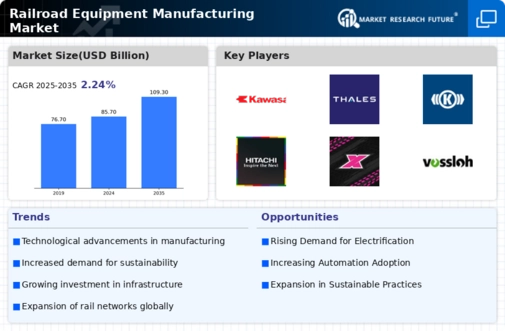
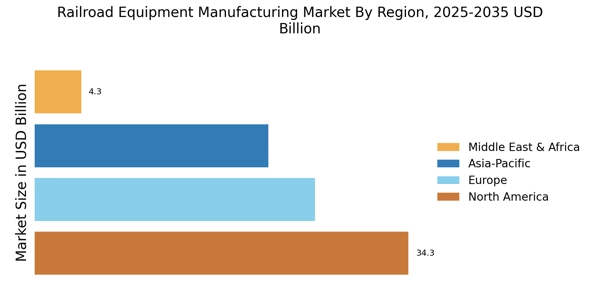
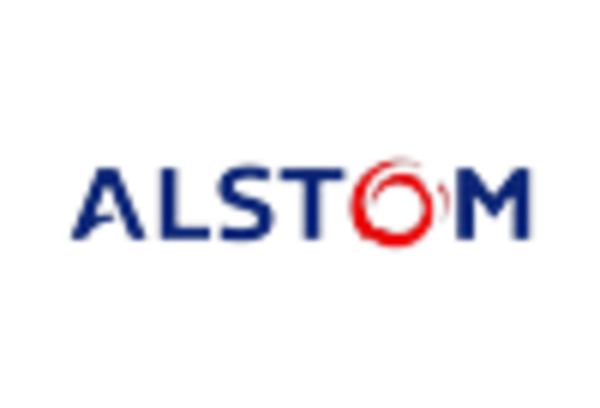
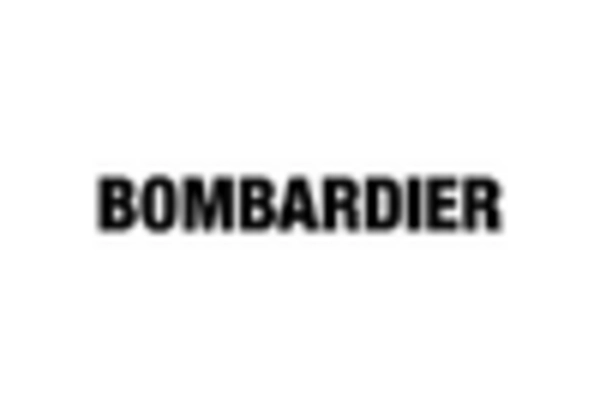
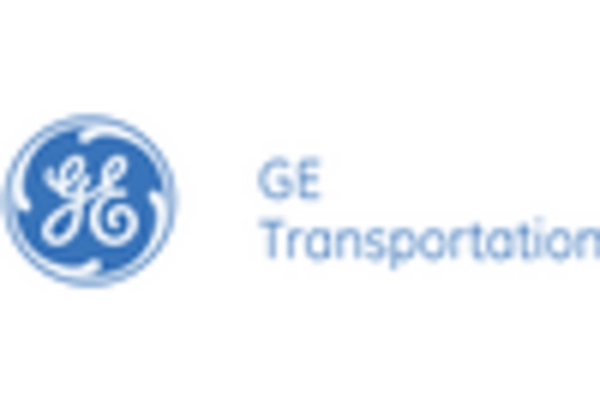

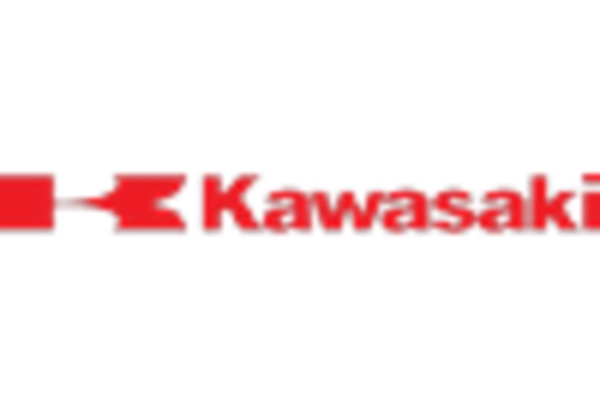
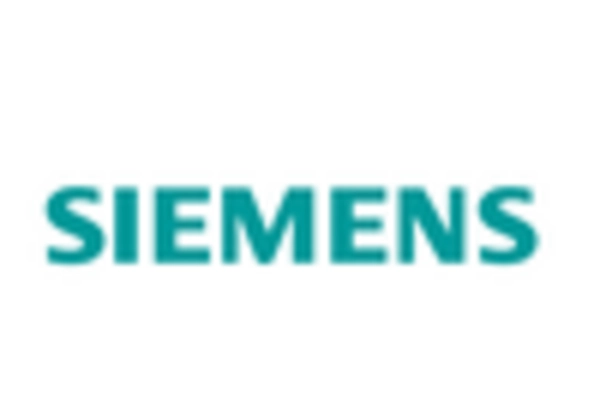








Leave a Comment